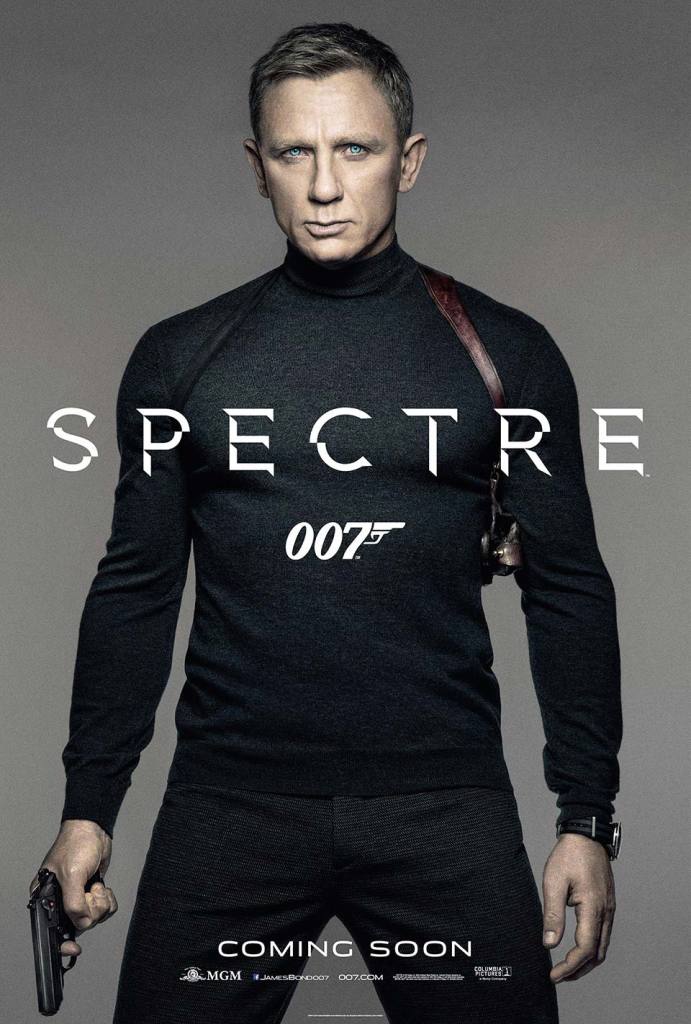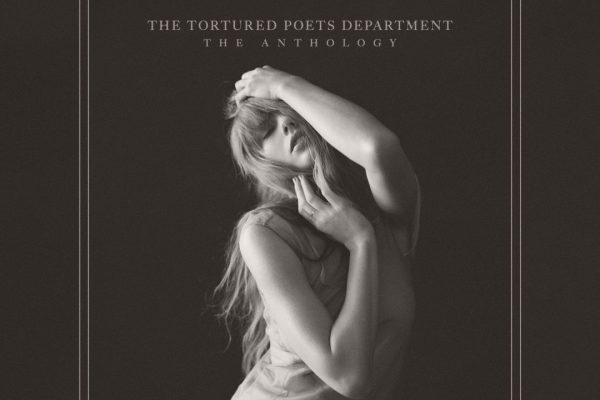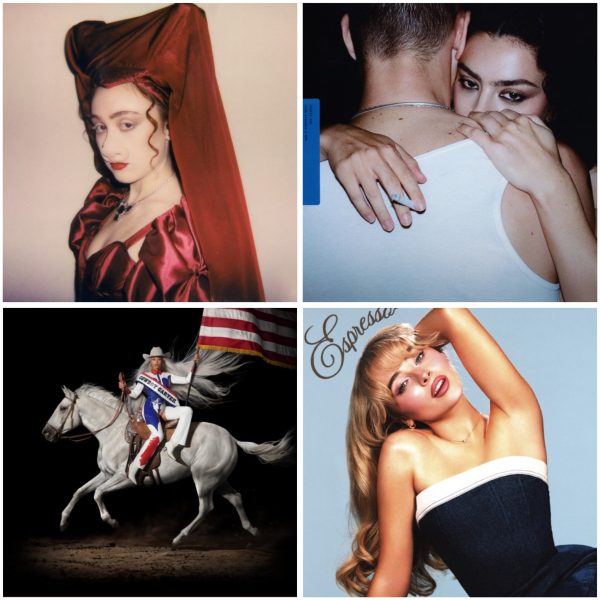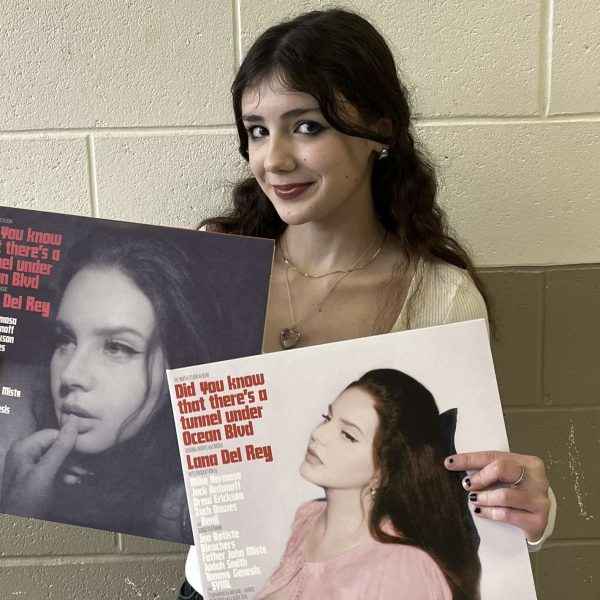Evolution of Bond
The new James Bond film, Specter, hits theaters on November 6, 2015. This again is played off as a darker, grittier version of James Bond just like the previous two Bond films, a trend that has dominated Hollywood for a while now.
Taking a goofy/semi-serious movie and turning it into something dark and realistic is the popular way films in a series are being portrayed. We saw this when Christopher Nolan revamped the Batman series. There’s something about this style that reflects on society.
The heroes are now compromised in these films. They drink more, they seem more stoic, they talk less. In Skyfall, there are long takes of Bond simply staring at his beloved London. British flags wave in the background. These shots alone start to touch on different themes of nationalism.
These films cut on a deeper level than their older counterparts. A sudden change on such a popular franchise is something worth noting. The darker aspects of the film also help us become closer to Bond himself, we start to see him more as a human being and less of a mere sex symbol.
These films seem to add humanity to it’s villains more than the old films. In Skyfall Javier Bardem’s character Raoul Sliva is an ex MI6 agent who was done wrong by his country and now plots revenge.
Adding this humanity makes the audience begin to reflect deeper with themselves. Asking the question, “What if you were in their shoes?”.
A heightened sense of realism also make an interesting aspect of the film. Instead of strapping Bond to a metal slab with a laser about to cut him in half from the crotch (like in the film Goldfinger), Raoul blows up a subway tube, reminiscent of the subway bombings in London in 2005.
This trend in Hollywood will continue for some time now. Audiences relate to this bleak outlook on life, so these movies will continue to sell.











